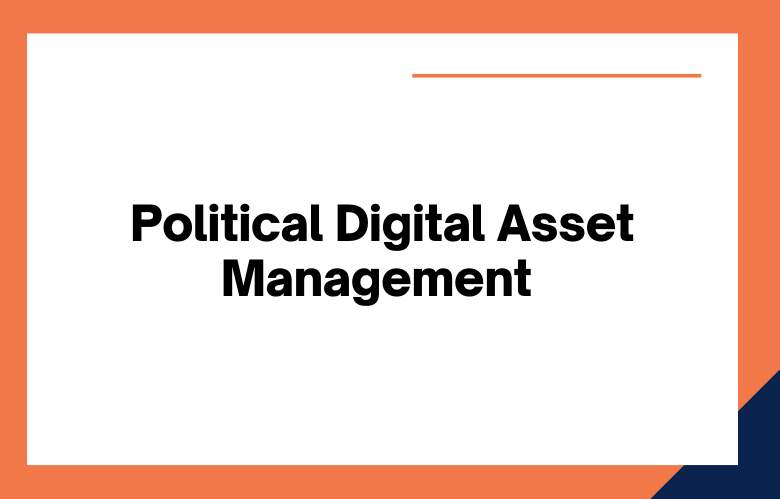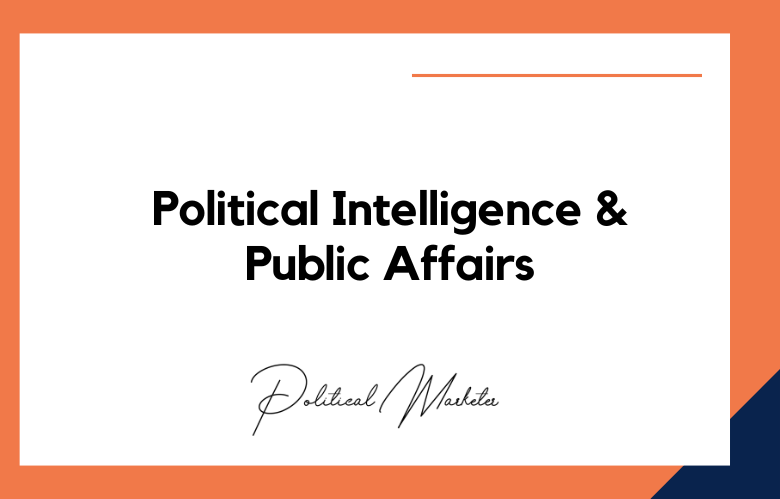Political campaigns are complex and ever-changing entities. Campaigns must have a plan for managing their digital assets to be successful. We will outline some best practices for political digital asset management. By following these tips, campaigns can ensure their online presence is streamlined and effective.
As campaigns become increasingly digital, the need for effective political digital asset management increases. You can quickly lose control of your branding and messaging without careful organization and management of your team’s digital files.
We’ll discuss some best political digital asset management practices to help you keep your campaign running smoothly.
Maintaining an online presence for a political campaign is essential in today’s digital age. But with so many different platforms, it can be challenging to know where to start.
Here are a few helpful tips on managing your digital assets and reaching your target audience.
What is Political Digital Asset Management?
Digital asset management for political campaigns and organizations can be a complex process. There are many factors to consider, such as compliance with campaign finance laws, privacy concerns, and the need to maintain control of sensitive material.
But at its core, political digital asset management is about using technology to store, organize, and share information efficiently. It helps you follow up on all your essential campaign data in one place and ensure that your team has the most up-to-date information.
Some may say that managing a political campaign’s digital assets is art. Others may claim it is the science of efficiently and effectively using digital tools to support a political campaign.
But at its core, Political Digital Asset Management is about one thing: winning elections.
So whether you’re a campaign manager, a consultant, or a concerned citizen, if you want to understand political campaigns in the 21st century, you need to understand Political Digital Asset Management.
Digital asset management is vital for any political organization. A well-organized system for storing and retrieving digital files can differentiate between a smooth-running operation and chaos.
When we talk about digital asset management, there are a few key things to keep in mind:
- You need to have a transparent system for storing and organizing your files.
- You need to be able to find and retrieve files quickly and easily.
- You must ensure your system is secure so only authorized users can access your files.
A political organization cannot function without adequately managing its digital assets. By following these simple guidelines, your operation will undoubtedly run smoothly and efficiently.
Political Digital Asset Management Best Practices
Some best practices to follow when managing digital assets for a political campaign.
The world of political digital asset management is constantly changing and evolving. Ultimately, it is tough to keep up with the latest best practices.
However, staying up-to-date on the latest trends and developments ensures that your organization always uses the best methods to manage its digital assets.
Maintain clear and organized records of all digital assets. It will help you track what you have and where it will locate.
Develop protocols for handling and storing sensitive information.
Create backups of all digital assets in case of accidental deletion or corruption.
Please keep track of all your assets and from where they came. This way, you can avoid any copyright infringement issues down the line.
Optimize your assets for the various online platforms they’ll use. It means creating different-sized versions of images and videos and properly tagging them with keywords.
Make sure to back up your digital assets! There’s nothing worse than losing important files due to a technical glitch.
When it comes to managing digital assets, there are certain best practices that political organizations should follow. Doing so can ensure that their assets are well-protected and maintained.
Keeping all digital assets in a secure and central location
Classifying and tagging assets based on type and purpose
Assigning roles and responsibilities for asset management
Creating disconnection policies to reduce the risk of data breaches
- Establish a process for capturing, ingesting, and organizing digital assets
- Develop a structure for tagging and categorizing digital assets
- Create a system for retrieving digital assets
- Secure your digital assets
- Archive your digital assets
- Train staff on how to use the DAM system
- Define what is and isn’t a digital asset
- Create a structure for organizing digital assets
- Implement procedures for creating, naming, and storing files
- Make sure to Train employees on how to use the system
- Regularly review and update the plan as needed
- Define your organization’s digital asset management (DAM) policy
- Identify who is responsible for creating, uploading, and managing DAM content
- Create a process for reviewing and approving DAM content before it goes live
- Train all employees on how to use the DAM system
- Set up regular backups of your DAM content
- Regularly audit your DAM system to ensure that it will use effectively
- Develop a governance structure
- Create and enforce content standards
- Implement an archiving process
- Train employees on DAM best practices
- Evaluate and adjust your DAM strategy as needed
- Develop a governance framework to manage content creation, approval, and distribution.
- Create style guides to ensure brand consistency
- Train employees regarding the DAM system and adhere to brand standards
- Implement procedures for archiving and deleting files
- Regularly audit the DAM system to ensure compliance with best practices
- Develop a digital asset management plan
- Establish governance and retention policies
- Create standards for naming files and folders
- Store files in a centralized location
- Use consistent file formats
- Tag and annotate files as needed
- Regularly back up files
- Train employees on the proper use of digital assets
- Define who has access to the help and for what purpose
- Store all digital assets in a single, secure location
- Create standardized file names and folders
- Tag and keyword digital assets for easy retrieval
- Use an automated workflow to track changes and approvals
- Back up digital assets regularly
- Archive old or unused files
- Define digital asset management roles and responsibilities
- Implement an information architecture
- Create and implement a content strategy
- Develop an editorial process
- Manage digital assets throughout their lifecycle
- Evaluate and optimize digital asset management processes
- Develop a content strategy
- Create style guides
- Implement a content management system
- Train staff on how to use the CMS
- Regularly review and update your digital assets
Conclusion
Political entities face many of the same challenges as businesses regarding digital asset management, from creating a style guide to organizing and storing files. However, some specific considerations must consider when managing digital political assets.
Reach us today for more information on how we can help you create and implement a successful political digital asset management strategy.
One way to get in touch is by filling out our online form on this site or give us a call at
+91 9848321284. Let’s work together today!











